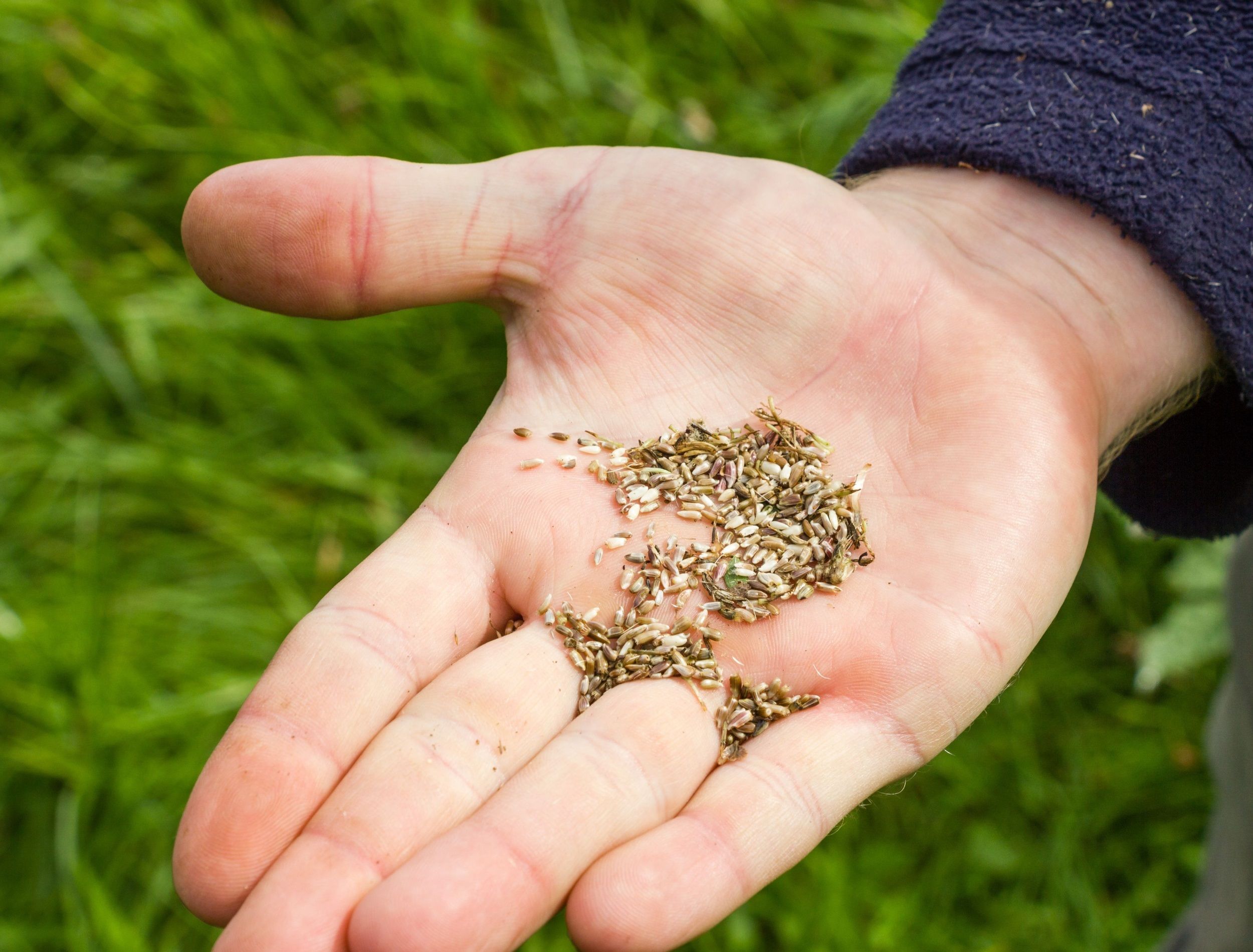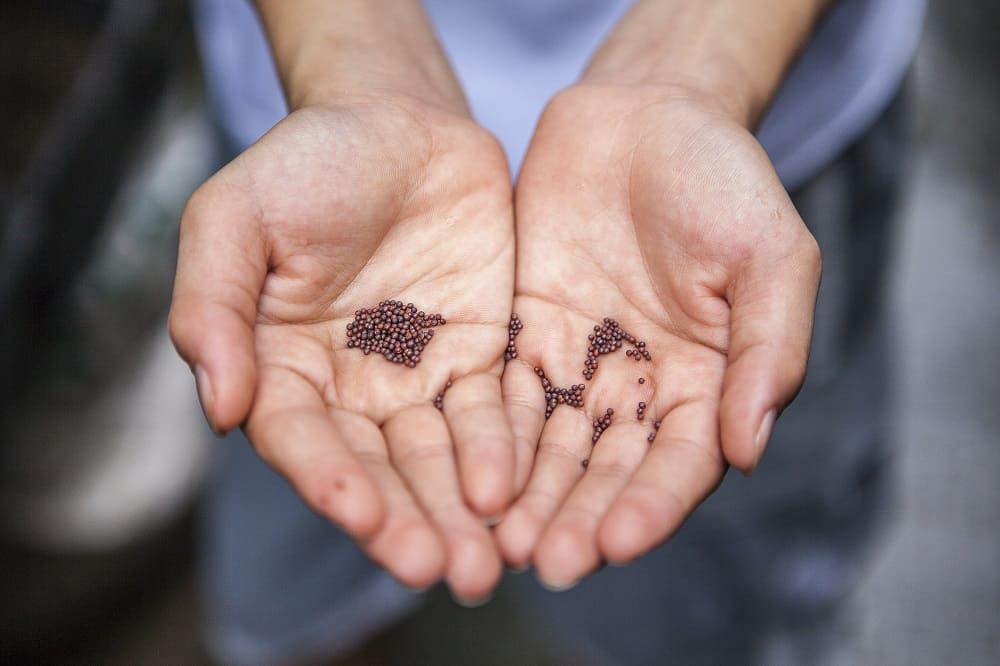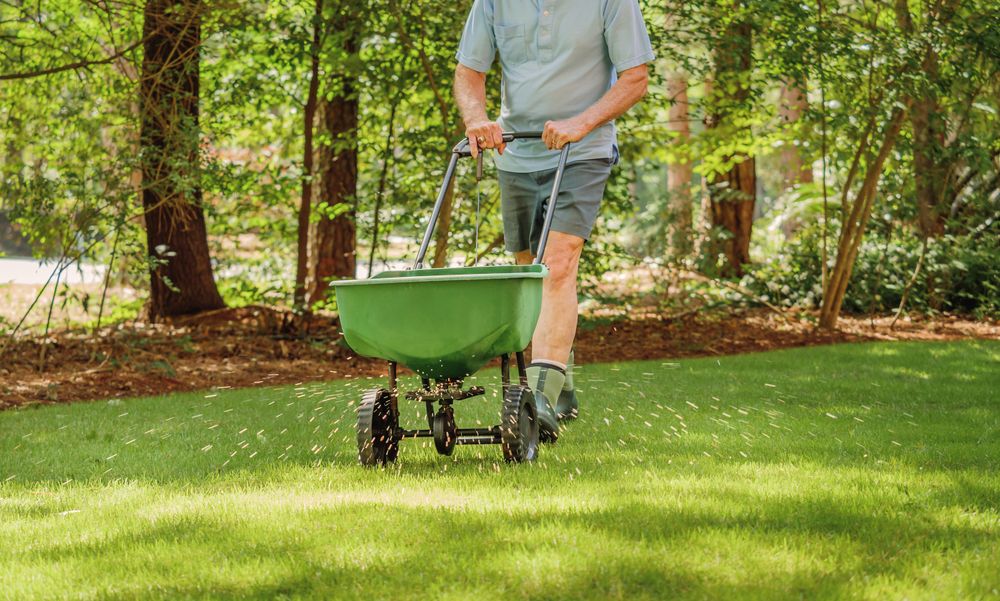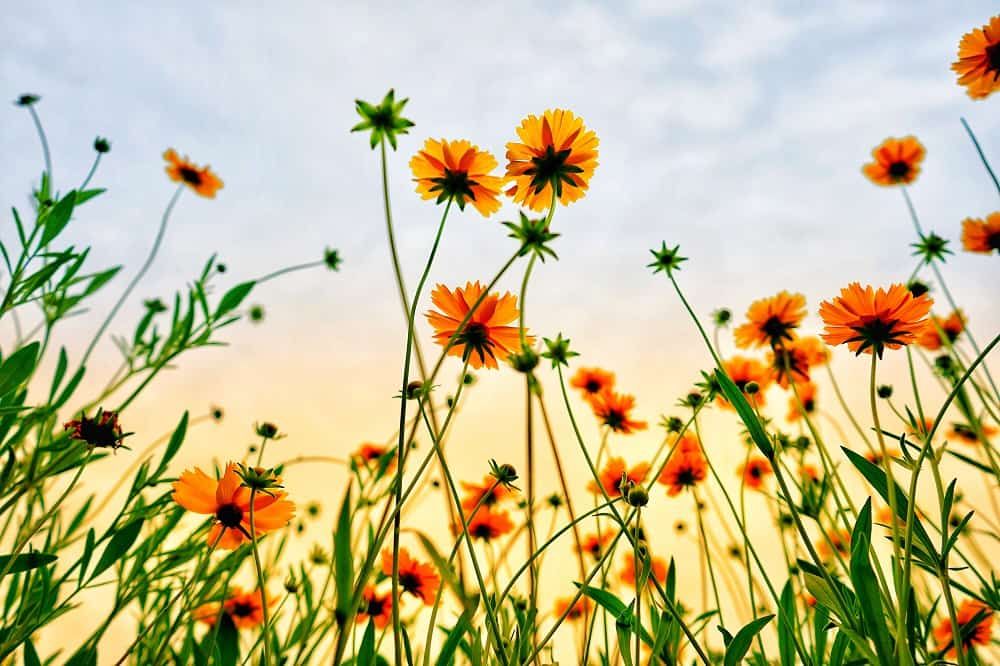Think you have to live in the country to enjoy a beautiful wildflower garden? Not so! You can sow wildflowers seeds just about anywhere and enjoy their cheerful blooms. If you’re looking to transform your garden into a vibrant wildflower meadow, it’s the moment to learn when the optimal time is to sow these gorgeous wildflower seeds!
Wildflowers bring stunning pops of color and life to any outdoor space. With just a few simple steps, you can give your garden that extra special touch that will last through seasons. Read on for the ultimate guide on when and how to sow wildflower seeds.
When Should You Sow The Seeds?
Image credits: Joshua Lanzarini via Unsplash
Sowing wildflower seeds in late fall is the key to a successful spring show! If you missed the opportunity to sow but already have an established wildflower garden, don't fret! At the end of the blooming season wildflowers dump their seeds, setting you up for a new field of flowers.
Here's what you need to know to get started.
Aim to sow the seeds six to eight weeks before the first frost of the season so that your seeds have time to settle into the soil. That way they remain dormant all winter until it's time for them to germinate in the spring. Sowing in the fall often provides just the right conditions needed to break dormancy so that come springtime, the warm and wet weather can trigger those seeds into sprouting.
While other seasons may seem like ideal times, planting too early can lead to premature sprouting. Even worse planting too late will have your poor little wildflower seeds freeze during an unexpected chill. That's why waiting till late fall is best. Let those seeds soak up all that wonderful winter sun and get ready for a stunning show in the spring.
How To Sow Wildflower Seeds
Image credits: The Toidi via Shutterstock
The beauty of sowing wildflowers is that you don’t need to be a master gardener to make it happen. It’s as easy as sprinkling some seeds in your preferred spot and watching them grow! Here are some top tips for how to sow wildflower seeds:
Choose the Right Spot
Start by selecting the right spot. Sun, shade, or partial shade areas are all great places to sow wildflowers. To get the best results, choose soil with good drainage and do not till it before sowing.
Prep Your Soil
Preparing your bed for planting doesn't have to be a chore. If you plan ahead, you can turn it into an enjoyable process that puts the right foundation in place for a productive garden season.
Start two to three months before planting by clearing weeds and adding organic material like compost to the soil. This gives it time to settle and work its magic -- enriching your soil with nutrients and creating an ideal environment for your plants.
Sowing Your Seeds
Once the garden bed has been prepared, you’re ready to start sowing! Select the right plants for your landscape. Consider the soil, light, and water conditions of your site and select species that meet those requirements. If you want a natural-looking landscape that is easier to maintain in the long run, go with native plants that grow together naturally. To find these local plant species, check out nearby nurseries or online stores – they will have plenty of options! Don't forget to factor in size, shape, texture, and color when choosing which plants will work best for your outdoor space.
You may want to use a broadcast spreader for even coverage on larger areas of land. Make sure to evenly spread your mixture on top of the soil surface - don’t bury it too deeply or else it won’t have enough sunlight to germinate properly. Finally, water the soil lightly so that it’s moist but not soggy.
Mulch
Organic mulch is a great choice for adding beauty and protection to your wildflowers. Not only will the right type of mulch give your landscaping a finished look, but it can also help control weeds, retain soil moisture, and regulate temperature fluctuations.
The key to getting the most out of mulch is applying it correctly. Apply a 4- to 6-inch-deep organic mound around trees and shrubs, while a 1-inch layer or less should be used around perennials.
If you have plants that are prone to rotting (such as bluebonnets, blackfoot daisy, or yuccas), then mineral mulches such as crushed granite or limestone may be more appropriate.
Upkeep
After the initial two to three weeks of diligent care, your native landscape will begin its journey to maturity. With regular watering and weeding, you'll help it along the way until it reaches a point where minimal maintenance is needed. It’s important to note that this process can take several years.
But don't worry, once established, you'll benefit from all the good things wildflowers bring to your landscape. That means fewer pests, adaptability to adapt to the changing weather conditions, and the benefits it brings to local wildlife!
Benefits of Sowing Wildflower Seeds
Image credits: Lee 琴 via Unsplash
When you sow wildflower seeds in your garden, you can enjoy a range of benefits. Firstly, these vibrant flowers will attract all kinds of pollinators like bees, butterflies, and hummingbirds which is great for improving biodiversity in your area.
Secondly, as they are drought-tolerant plants they require less watering than other species - perfect if you want to save on your water bills! Lastly, wildflowers are easy to maintain (once they have established themselves) making them a low-maintenance addition to any garden.
Get Wild! With Wild Flowers
Sowing wildflower seeds is a great way to transform your garden into a stunning meadow. While preparing the soil and sowing the seeds might take a bit of effort, you’ll be rewarded with beautiful blooms that will last through seasons.
So, what are you waiting for? Get ready to start growing these vibrant flowers in your garden! With regular care, you can enjoy wildflowers’ benefits in no time! Do you have any tips or tricks for sowing wildflowers into your landscape? Leave a comment below!




